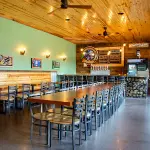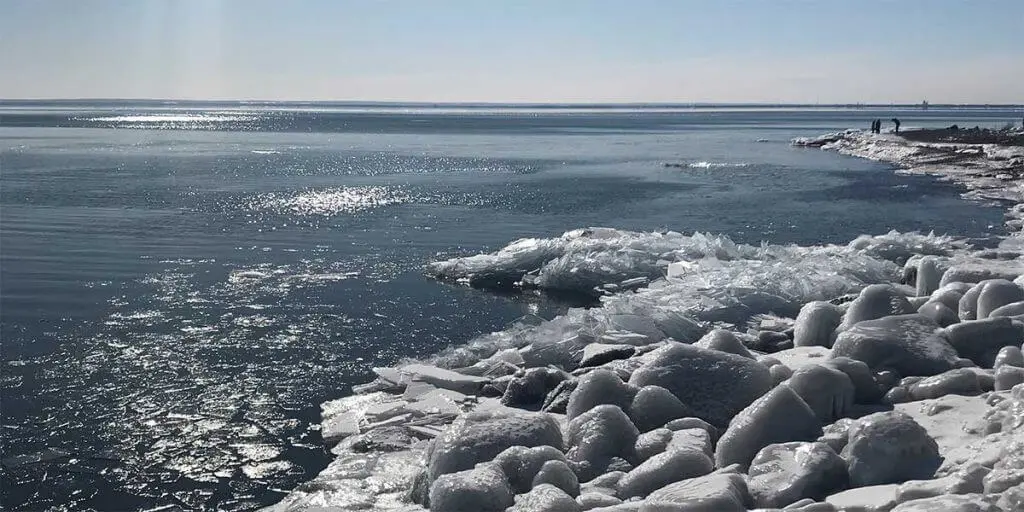This remarkable SNA straddles a 4-square mile, east-west oriented ridge of Keweenawan bedrock that rises 439 feet above Lake Superior near Hovland. Droughty conditions on the upper slopes, with patches of exposed bedrock and dry, shallow soils, have historically set the stage for fire. Fires, in turn, have perpetuated these conditions by consuming forest litter that would otherwise contribute to soil development.
Relatively deeper, more organic soils on lower slopes in the northern part of the SNA support less fire-prone communities of aspen-birch forest, wet meadow forest, alder and black ash swamps and a beaver wetland.







